New initiative to improve access to high quality maize seed for African farmers
Research partners to develop new maize hybrid seed production system to help smallholder farmers access modern, high quality maize hybrid seed.
Pretoria, South Africa, 26 October 2018 – An initiative launched in 2016 seeks to provide African smallholder farmers with better quality and high yielding hybrid maize seed. The Seed Production Technology for Africa (SPTA) initiative strives to improve seed production systems to ensure that high-quality hybrid maize seed is available to smallholder farmers, as well as to deliver new hybrids with a high yield potential adapted for low fertility areas common in sub-Saharan Africa (SSA).
SPTA will utilize a technology provided by Corteva Agriscience, and implemented by the Agricultural Research Council of South Africa (ARC) alongside the International Maize and Wheat Improvement Center (CIMMYT), and the Kenya Agricultural and Livestock Research Organization (KALRO). Funded by the Bill & Melinda Gates Foundation, the four-year initiative will cost US$ 6.4 million.
“As Africa faces significant challenges of low maize yields, climatic extremes and variability, costly farm inputs, threats due to pests and diseases, and growing demand for food, it is critical to provide smallholder farmers with access to high quality and stress resilient modern maize hybrids to allow them to increase yields and incomes,” said Kingstone Mashingaidze, Senior Research Manager at ARC.
The SPTA process will address pressing seed production concerns in the region that include insufficient genetic purity due to pollen contamination resulting from improper or incomplete detasseling practices. As a result, small and medium seed companies are expected to produce greater volume of hybrid maize seed at lower cost. Partner seed companies in the region will access the technology royalty free.
Maize productivity in Africa lags behind other maize producing regions, and through SPTA more smallholders will improve their yield. Average maize yield in much of Africa is approximately 2 metric tons per hectare, which is less than 20 percent of the yield level in more productive parts of the world. Farmers cannot access or afford high quality seed. Only 57 percent of the SSA maize growing area is planted with recently purchased seed; a lot of hybrids grown in the region are obsolete – 15 years or older compared to an average of less than 5 years in highly productive regions. In many situations, seeds of these older varieties are no longer suited for the climate and cropping environments that exist today.
Hybrid maize seed delivered through SPTA will have higher yield in low fertility environments. This will enable resource-constrained farmers to harvest more despite limited inputs like fertilizer. This means stronger livelihoods coupled with improved professionalism in the maize seed value chain for farmers, seed companies, consumers, and governments to deliver a more food-secure future.
SPTA originated from the Improved Maize for African Soils (IMAS) project that concluded in 2015. IMAS focused on developing maize hybrids that could use nitrogen fertilizer more efficiently to deliver higher yields under low fertility conditions prevalent in Africa. The IMAS project was funded by the Bill & Melinda Gates Foundation together with the United States Agency for International Development.
Issued by Agricultural Research Council
For more information contact:
Agricultural Research Council (South Africa)
Mary James
Tel: +27 (0) 18 299 6100, Cell: +27 84 817 2376, Email: JamesM@arc.agric.za
Corteva Agriscience (South Africa)
Barbra Muzata
Tel: +27-11-218-8600, Email: barbra.Muzata@pioneer.com
Notes to editors:
The Agricultural Research Council (ARC), a schedule 3A public entity, is a premier science institution that conducts research with partners, develops human capital and fosters innovation in support of the agricultural sector. The Agricultural Research Council provides diagnostic, laboratory, analytical, agricultural engineering services, post-harvest technology development, agrochemical evaluation, consultation and advisory services, food processing technology services as well as various surveys and training interventions. ARC has successfully collaborated with international partners in the WEMA project. ARC has successful partnerships with local seed companies for deployment of its products to smallholder farmers. For more information, visit the website at www.arc.agric.za
Corteva Agriscience™, Agriculture Division of DowDuPont (NYSE: DWDP), is intended to become an independent, publicly traded company when the spinoff is complete by June 2019. The division combines the strengths of DuPont Pioneer, DuPont Crop Protection and Dow AgroSciences. Corteva Agriscience™ provides growers around the world with the most complete portfolio in the industry — including some of the most recognized brands in agriculture: Pioneer®, Encirca®, the newly launched Brevant™ Seeds, as well as award-winning Crop Protection products — while bringing new products to market through our solid pipeline of active chemistry and technologies. More information can be found at www.corteva.com.
The International Maize and Wheat Improvement Center (CIMMYT) is the global leader in publicly-funded maize and wheat research and related farming systems. Headquartered near Mexico City, CIMMYT works with hundreds of partners throughout the developing world to sustainably increase the productivity of maize and wheat cropping systems, thus improving global food security and reducing poverty. CIMMYT is a member of the CGIAR System and leads the CGIAR Research Programs on Maize and Wheat, and the Excellence in Breeding Platform. The Center receives support from national governments, foundations, development banks and other public and private agencies.
Kenya Agricultural and Livestock Research Organization (KALRO) is a corporate body created under the Kenya Agricultural and Livestock Research Act of 2013 to establish suitable legal and institutional framework for coordination of agricultural research in Kenya with the following goals: Promote, streamline, co-ordinate and regulate research in crops, livestock, genetic resources and biotechnology in Kenya, and expedite equitable access to research information, resources and technology and promote the application of research findings and technology in the field of agriculture.
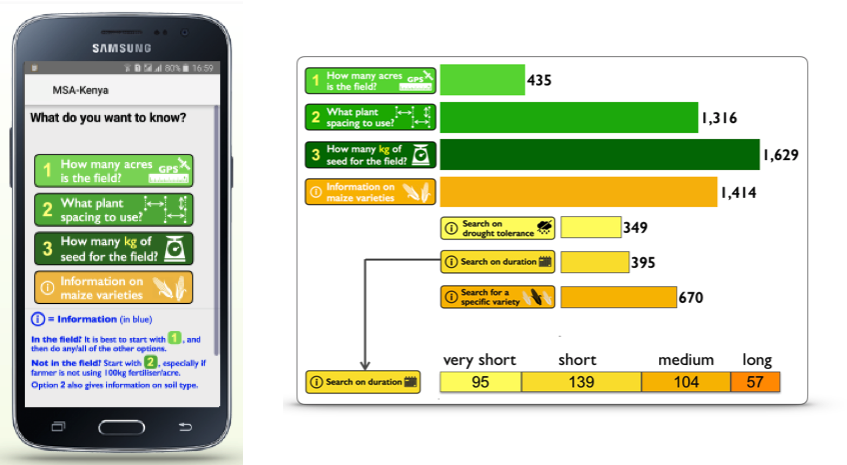


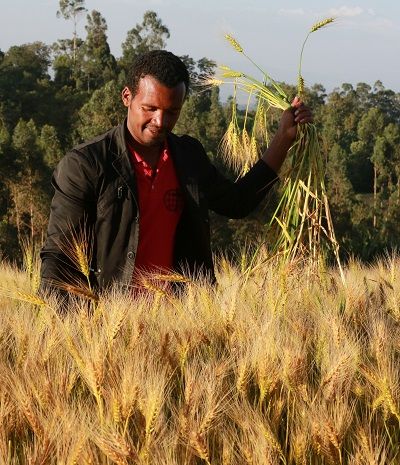
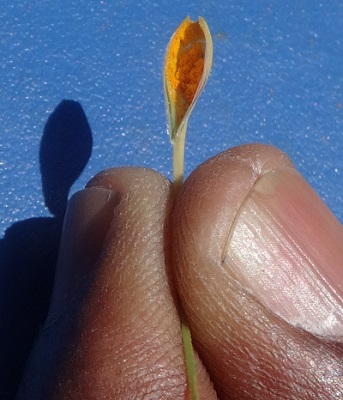
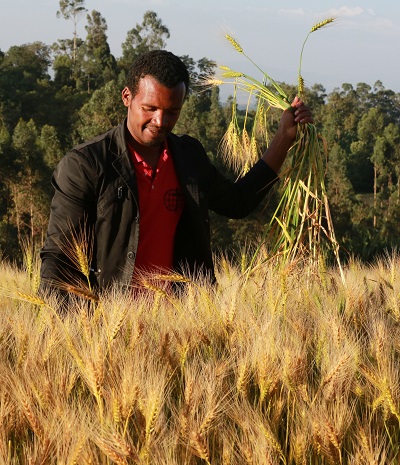

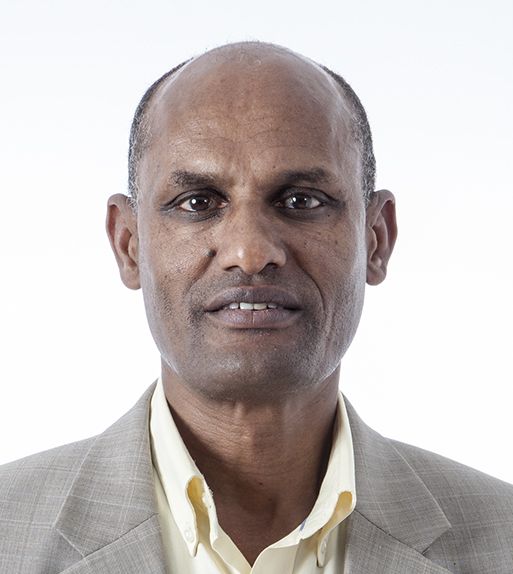
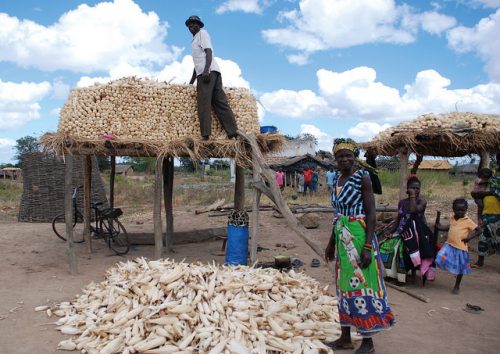
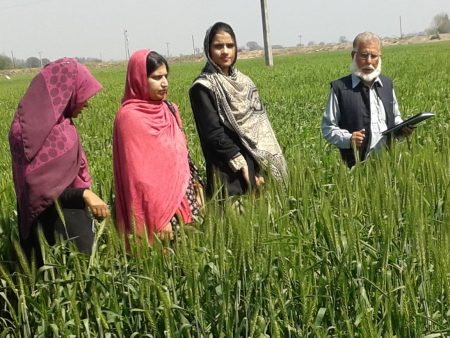
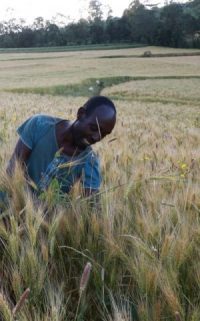
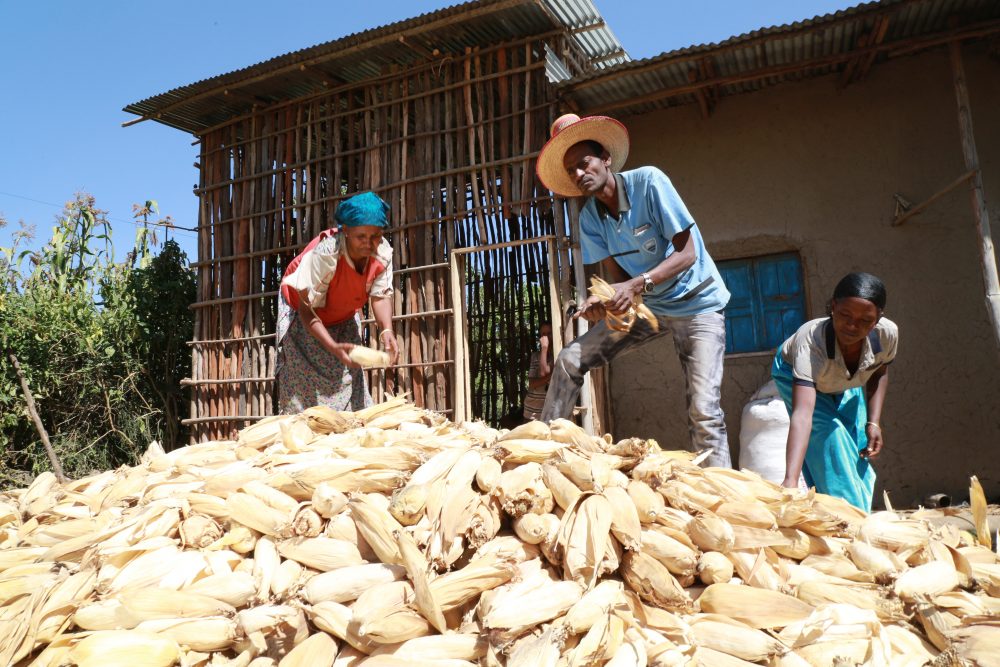
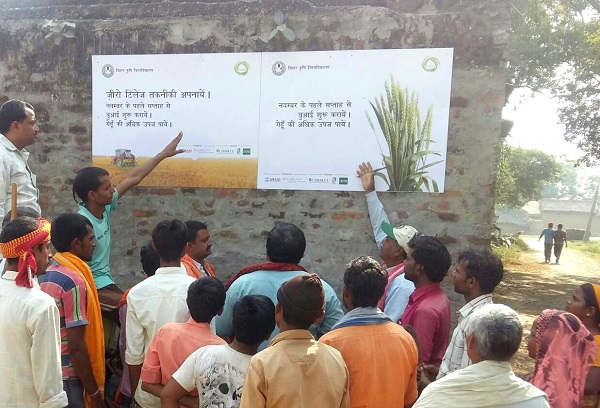
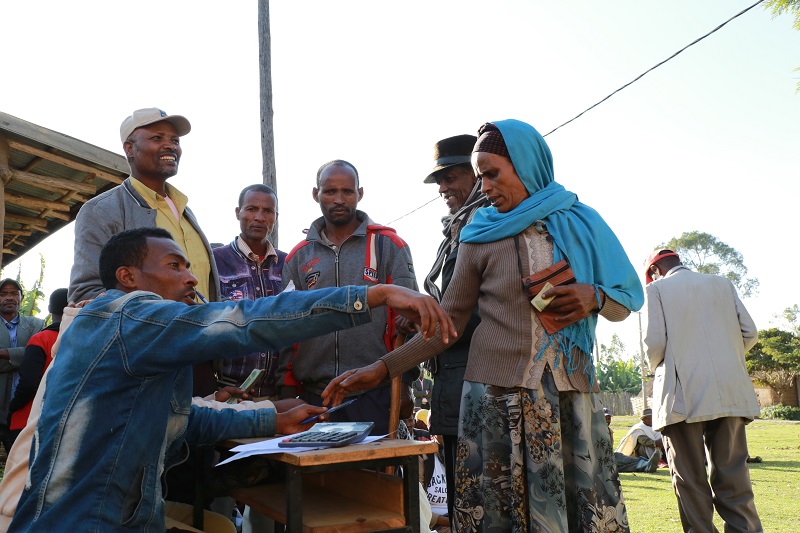




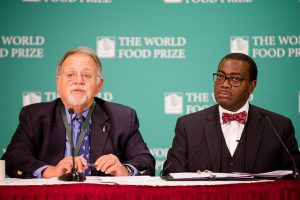
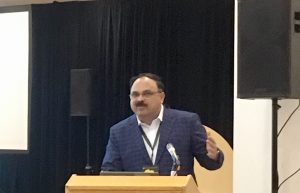

 DES MOINES, Iowa (CIMMYT) – Without proper control methods, the Fall Armyworm (FAW) menace could lead to maize yield losses estimated at $2.5 to $6.2 billion a year in just 12 of the 28 African countries where the pest has been confirmed, scientists from the Centre for Agriculture and Biosciences International, (CABI)
DES MOINES, Iowa (CIMMYT) – Without proper control methods, the Fall Armyworm (FAW) menace could lead to maize yield losses estimated at $2.5 to $6.2 billion a year in just 12 of the 28 African countries where the pest has been confirmed, scientists from the Centre for Agriculture and Biosciences International, (CABI) 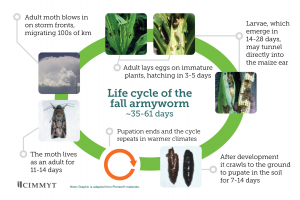 Prasanna will be participating in the 2017 Borlaug Dialogue in Des Moines, Iowa, and will part of a panel discussion, on October 19, titled “
Prasanna will be participating in the 2017 Borlaug Dialogue in Des Moines, Iowa, and will part of a panel discussion, on October 19, titled “